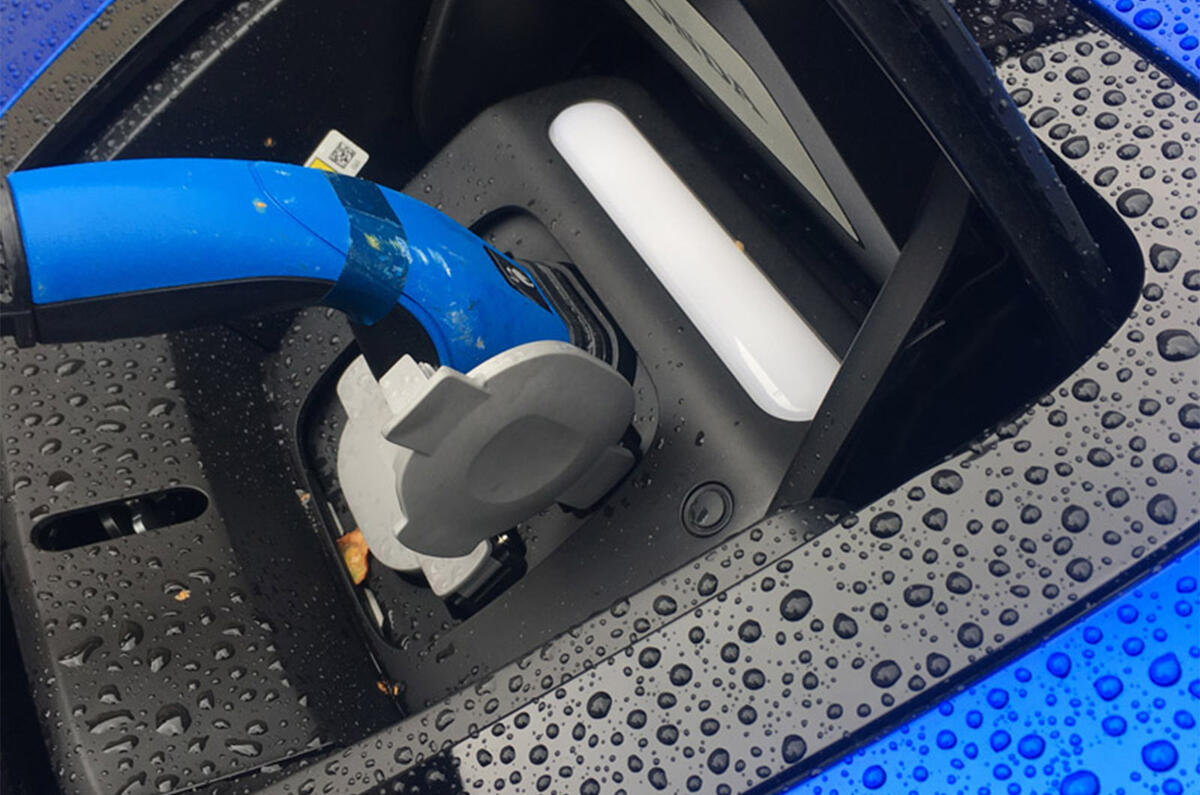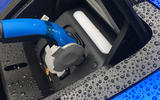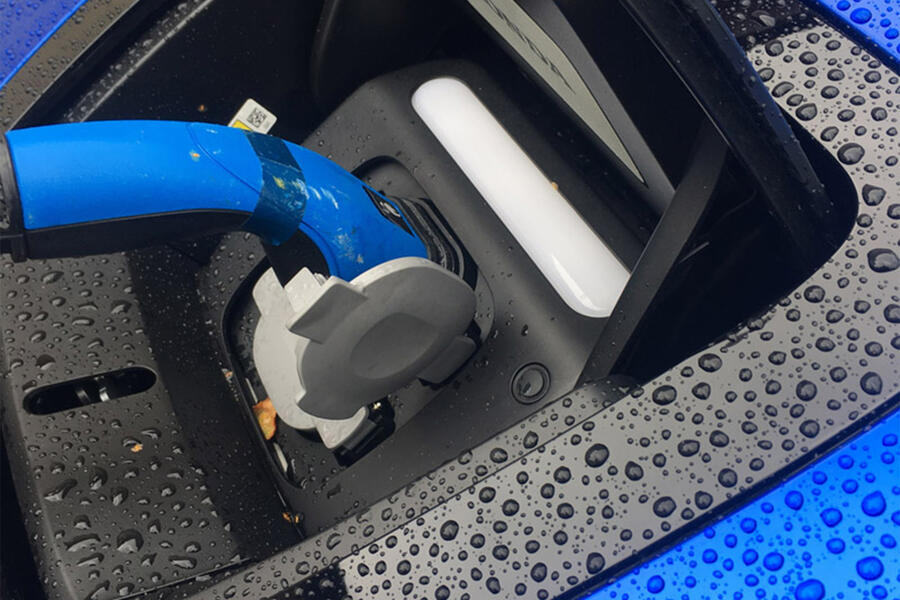In this week's automotive adventures, Steve puts the Honda E through its paces on choppy roads, rages against the machine of corporate advertising and enjoys a relaxing and sunny afternoon at Bicester Motion.
Monday
After writing about the new Honda E a couple of weeks ago, I just had to bag one for driving on my favourite bumpy roads, to see if what I said about near-perfect steering and amazingly quiet bump absorption was on the money. After 400 miles, I still think it was. I’ve also had the chance to chuck it about some more and feel how its grip and agility seem at odds with its 1500kg kerb weight. Sadly, though, an E won’t be joining our stable. Out here in the sticks, we need more range than 125 miles. Give us 200 with the same package and performance and our cash would be out already
Tuesday
I suppose it’s natural for underpaid inkies like me and my colleagues, used to producing thousands of words a week, to be sceptical of advertising creatives who take weeks to craft a handful of golden syllables. One tale I like along those lines concerned the creation years ago of a recruitment slogan for the Metropolitan Police: the nation’s agency talent battled to think up “Dull it isn’t”.
We’re back in familiar territory with Nissan’s latest slogan. Print ads and commercial radio are parroting: “Together, let’s move beyond.” Every time I hear this ridiculous non-sentence, which has doubtless generated an invoice to buy you and me a Lamborghini, I get annoyed.
Wednesday
Took part in a discussion on the implementation of electric vehicles over the next 12-15 years, run by leading Formula E team Envision Virgin to coincide with the season’s restart. The panel consisted of several world climate and London cycling types, plus a National Grid spokesman and me. I feared the worst, having clashed with such folk before, but found the event uplifting.
The Grid bloke was confident and optimistic, saying: “We’ll increase our offshore wind power three or four times over the next 10 years and use the extra clean power for electric cars.”















Join the debate
Add your comment
I disagree with the range is
Range is too short for the
100 mile range
Honda's problem isn't so much the range it's the price for that range.
i cant disagree more. People
i cant disagree more. People will always pay for quality (by all accounts it drives really well, as well as the wow factor) but there is no point if it wont go where you need it to.
I could manage with one if it did 250 miles on a charge, but as it is, its not for me. It would be much better if they put more batteries where it has back seats which i have no use for. (and then they could lose the back doors too, and make it more like the concept as well).